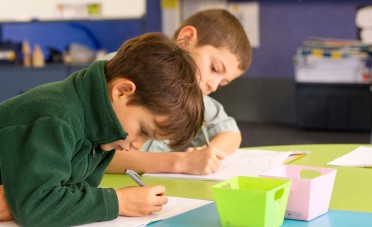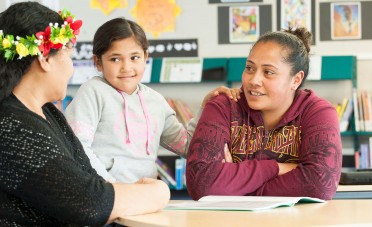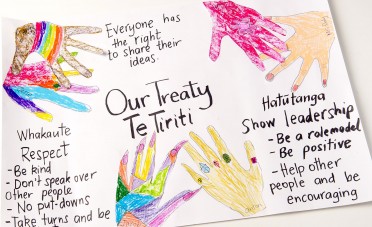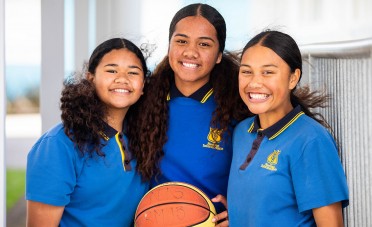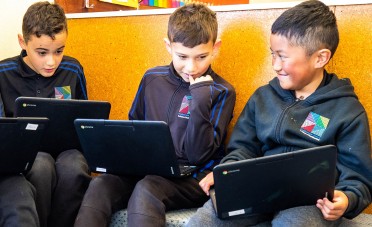Enhancing relationships: Contributing to effective group work
Contributing to effective group work challenges ākonga to recognise and describe both their individual strengths and areas that need to be developed, as they respond to the pressures that emerge when working as a group. By critically examining their behaviour, ākonga can recognise the social and emotional challenges of working as a group and how their behaviour affects other people.
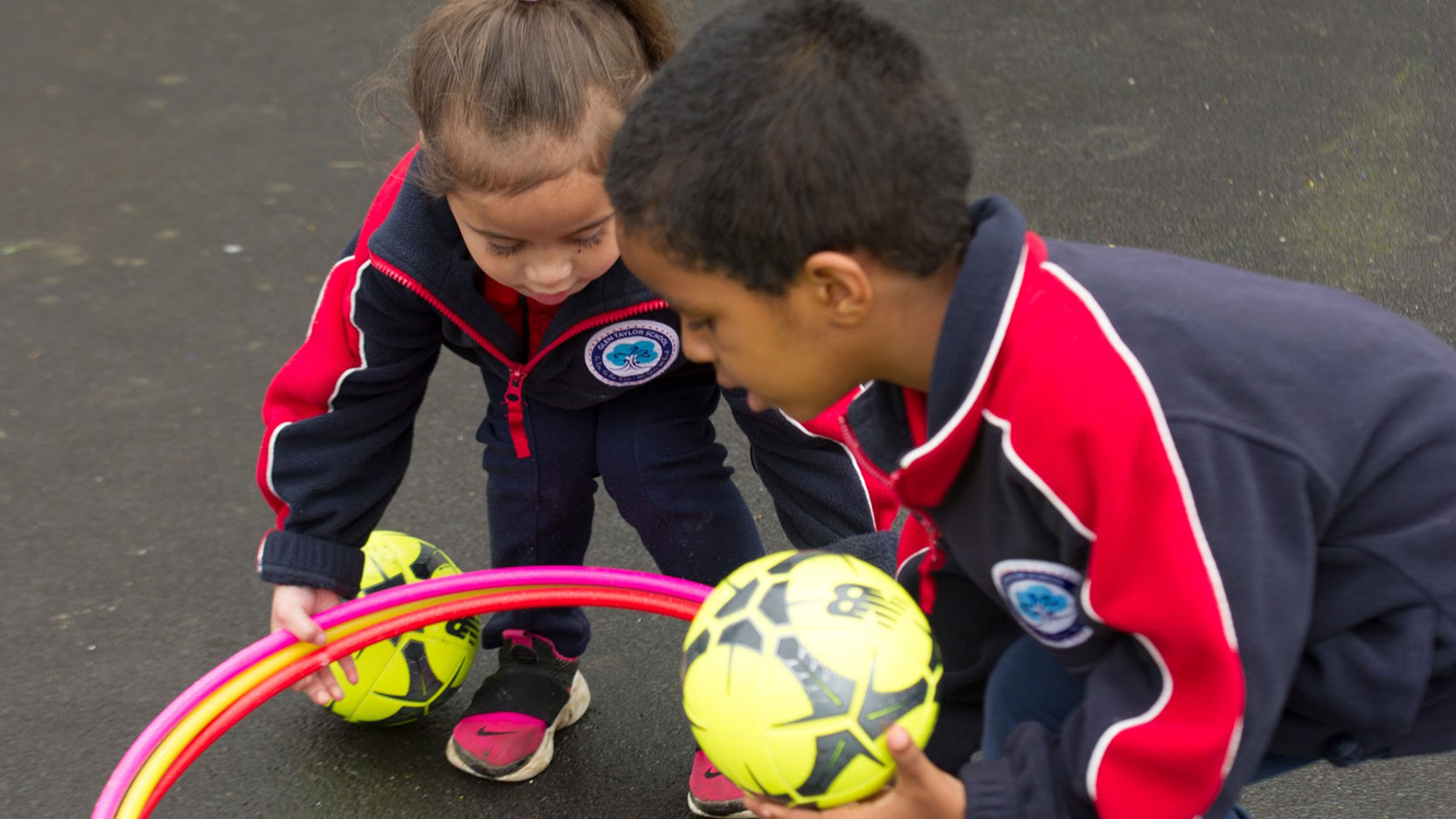
Understanding ourselves and getting on together — Activity collection
This resource is part of the Understanding ourselves and getting on together collection.
Possible learning activities
Ehara taku toa i te toa takitahi, ēngari taku toa he toa takatini.
Success is not the work of one but the work of many.
Set ākonga a task that requires them to mahi tahi, to work cooperatively, in small groups and give them minimal guidance as to how to work as a group. You can choose one of the activities included below, an activity designed for physical education (for example, orienteering), or an activity designed for another curriculum area, such as science or technology.
- Divide ākonga into groups of five or six. Group members link together to form a caterpillar and must cooperate to move through an obstacle course set up with playground or sports equipment while staying connected at all times. The groups can complete the course with staggered starts, or form partner groups so that they can take turns completing the course and observing how the other group cooperates.
- Give groups of five or six ākonga clay (or playdough) and a card that names a scene, for example, farm, beach, zoo, school, playground, marae, or church. For some classes, it may be helpful to show them pictures to give them ideas. Each group works cooperatively to create the scene. They decide what the scene will contain, what people or things need to be made and who will make them, and how they will put the scene together. Each group presents their scene to the class.
- Alternatively, give each group a collection of objects such as boxes, dress-ups, household and kitchen utensils, and sports equipment, and a card on which names an object or scene, for example a sailing ship or a tractor. For some classes, it may be helpful to show them pictures to give them ideas. The ākonga work cooperatively to create the scene as a living picture. They decide what the scene will contain, which people or things can be used to represent things, and how they will put the scene together. Each group presents their living representation of the scene to the class.
Observe ākonga while they are engaged in the task and note, for example, if each group member gets a turn to contribute, if ākonga stay with their groups, and if they look at and listen to the person speaking. Share your recorded observations with ākonga, focusing on the positive, for example, 'I heard Lisieli ask Craig if he had any ideas' and 'I heard Josh encouraging the group to keep trying when things weren’t going well'.
Ask ākonga what was involved in working as a group:
- what went well
- anything they could have done differently
- did everyone get the chance to share their ideas
- how did they make decisions as a group
- how did their individual attitudes and behaviours affect the way the group worked together
- what attitudes and values were important for this activity to be a positive experience for everyone.
Make a class list of skills needed for working in groups. Give ākonga the opportunity to repeat the activity after reflection/question time so that they can put their thoughts and reflections into action.
Cultural and diversity considerations
All ākonga are part of wider whānau, hapū, iwi, and other community groups. Culturally capable kaiako and tumuaki know, value and integrate the cultural capital of their ākonga into the work of creating positive classroom communities. Classroom programmes dealing with mental health should be sensitively developed so that they respect and reflect the diverse values and beliefs of ākonga and the whole school community.
Links to the HPE underlying concepts
Hauora
Particularly taha whanau, taha hinengaro, and taha wairua – Identifying the features of successful friendships, enhancing emotional wellbeing, and strengthening self-awareness, identity, and self-worth.
Socio-ecological perspective
Exploring the changing features of friendship across the lifespan and exploring the need for mutual care and shared responsibility between self and society.
Read more about the underlying concepts.
Kaiako notes
Focus inquiry questions around the learning outcomes before and after the activities to support ākonga to reflect and think critically about the activities.
